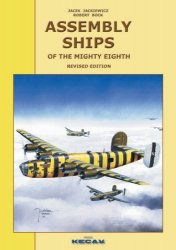The jewels now associated with the tomb of Tuthmosis Ill’s foreign wives are not of uniform quality. The gold work is sometimes fine (falcon and lotiform terminals 129-31, Bes and Taweret elements 134, wallet and Tilapia-spacers 135—6, inlaid hinged ornaments 141—3), but in other instances it is second - or third-rate. Some items have poor joining, chasing, or construction. For instance, the head plate of 114 reveals tentative chasing and has a large piece of cut metal (i. e., a “coupon” used for bonding) in a recess on the top surface (Fig. 159 [left], upper right in photo]). It also has flooded, over-fired hard solder (upper left). The bottom side of the head plate reveals that there was considerable difficulty at these points in joining the solid bottom to a top pierced by cut-outs surrounded by thin perpendicular walls (Fig. 159 [right]).
The presence of glass inlay in jewels of different quality shows, however, that different levels of workmanship were used for the royalty in Wady Di. The glass in the excavated rosette of Chaban (Fig. 89a) is similar in color, condition, and shape to the copper-colored glass in the purchased rosettes. That type of glass occurs with a crizzled, cobalt-colored type in the high quality, Egyptian-inscribed hinged ornaments (Fig. 8qe) that in turn is found in an earring with sloppily made tubes and an attachment patched by a coupon (Fig. 89b). Excavations document that quality can differ in a tomb: Tutankhamun’s jewels show both poor chasing (on Carter 26ii; Muller and Thiem 1998: 183; JdE 61949) and sure lines (applique SR 292; Fig. 90a). Different quality chasing is also seen in the Ahhotep group (Muller and Thiem 1998: figs. 254, 255).




 World History
World History









